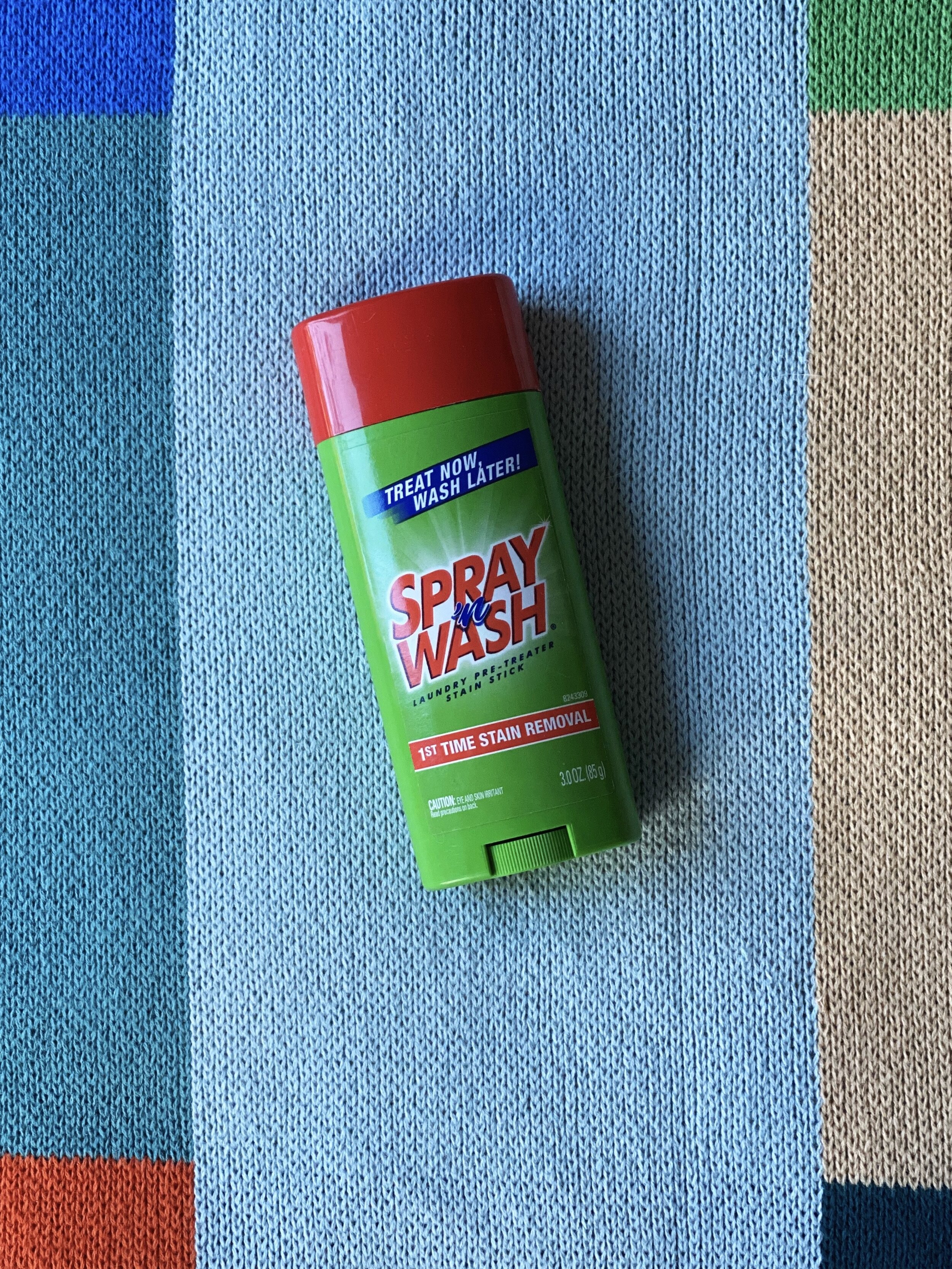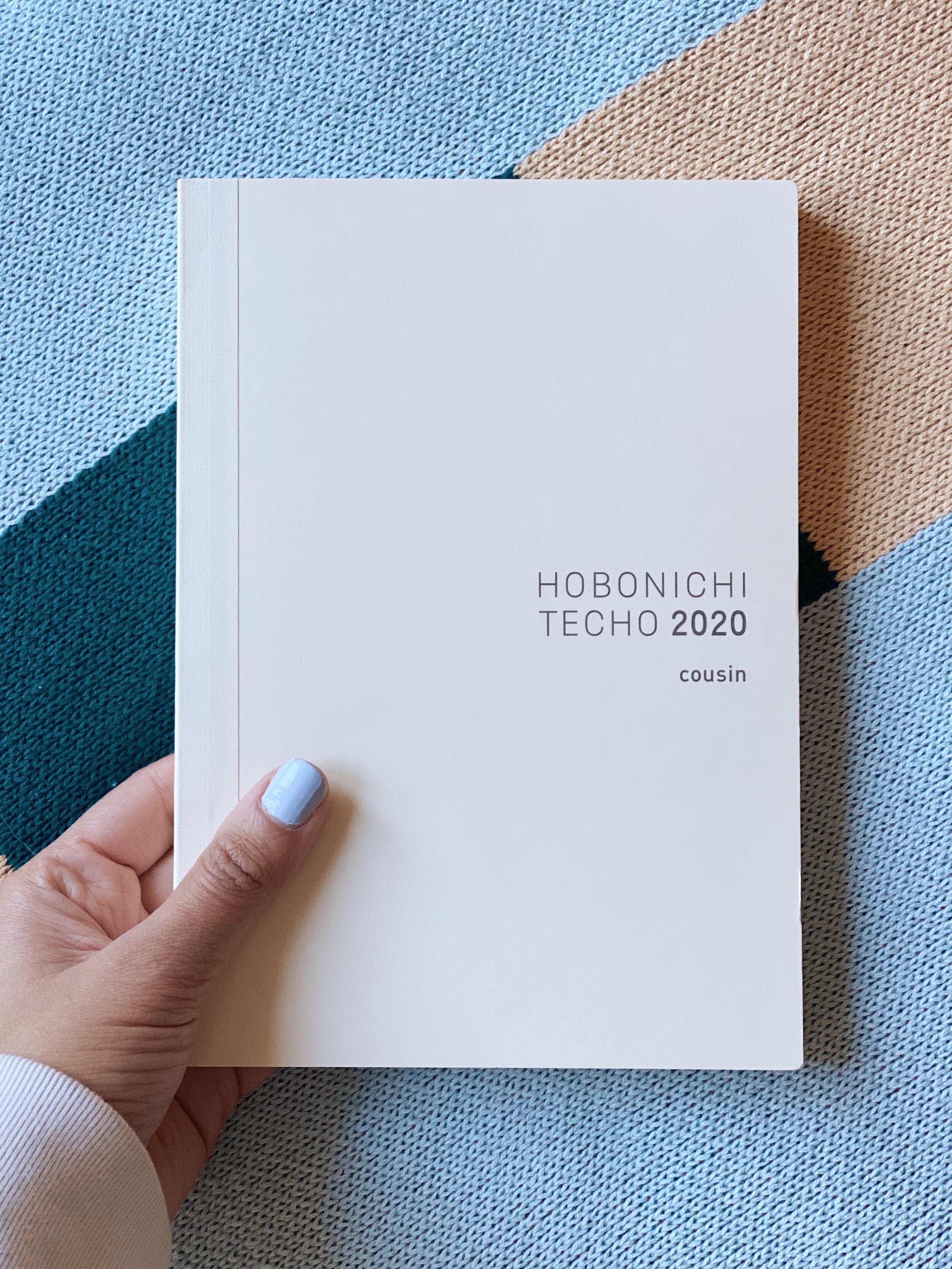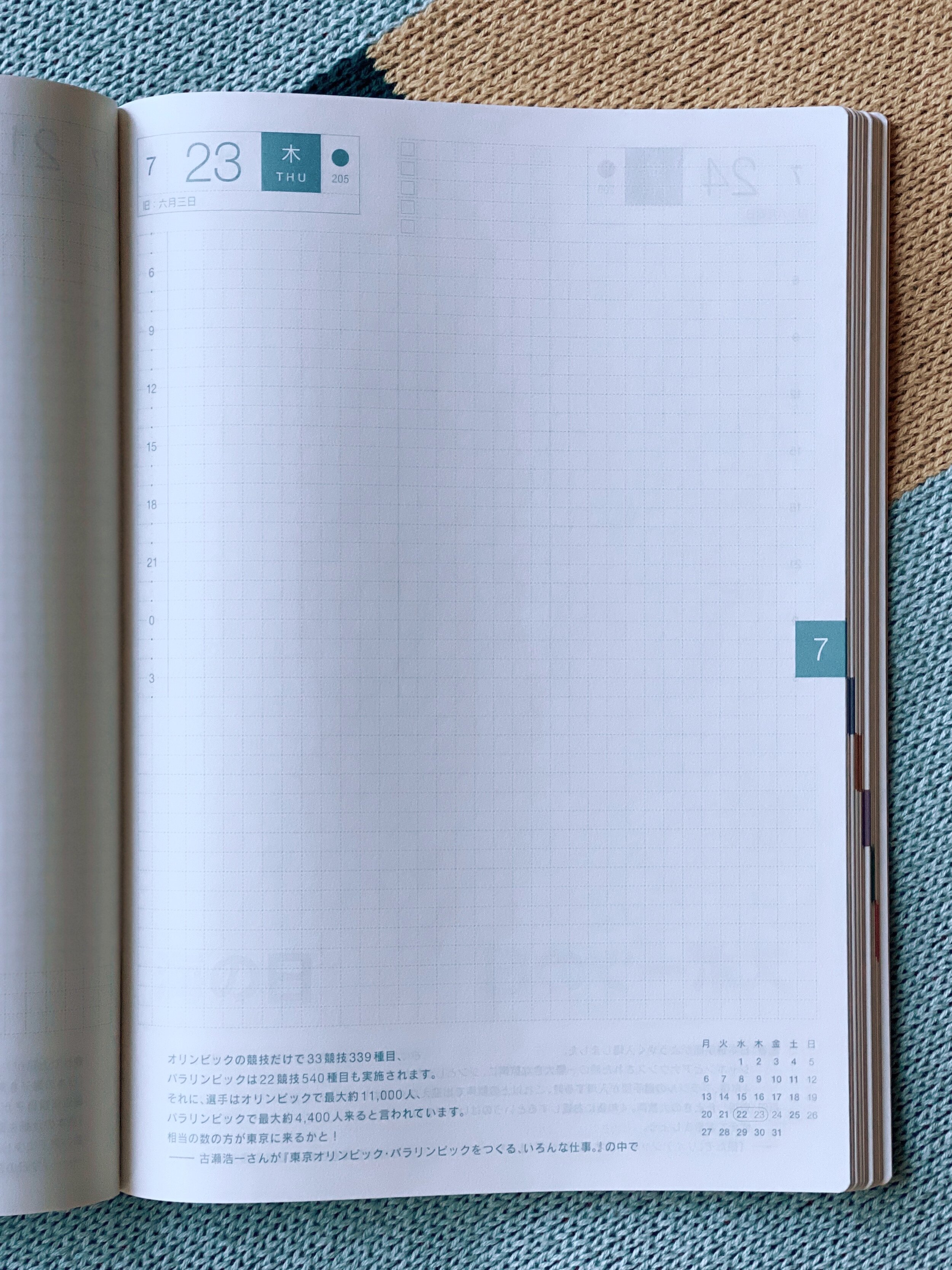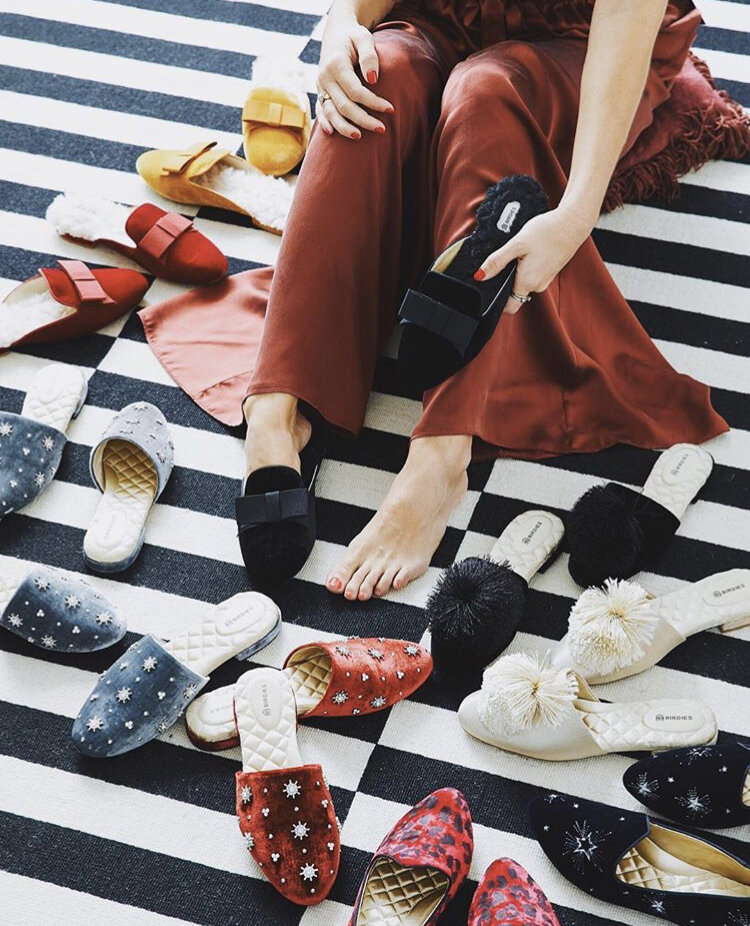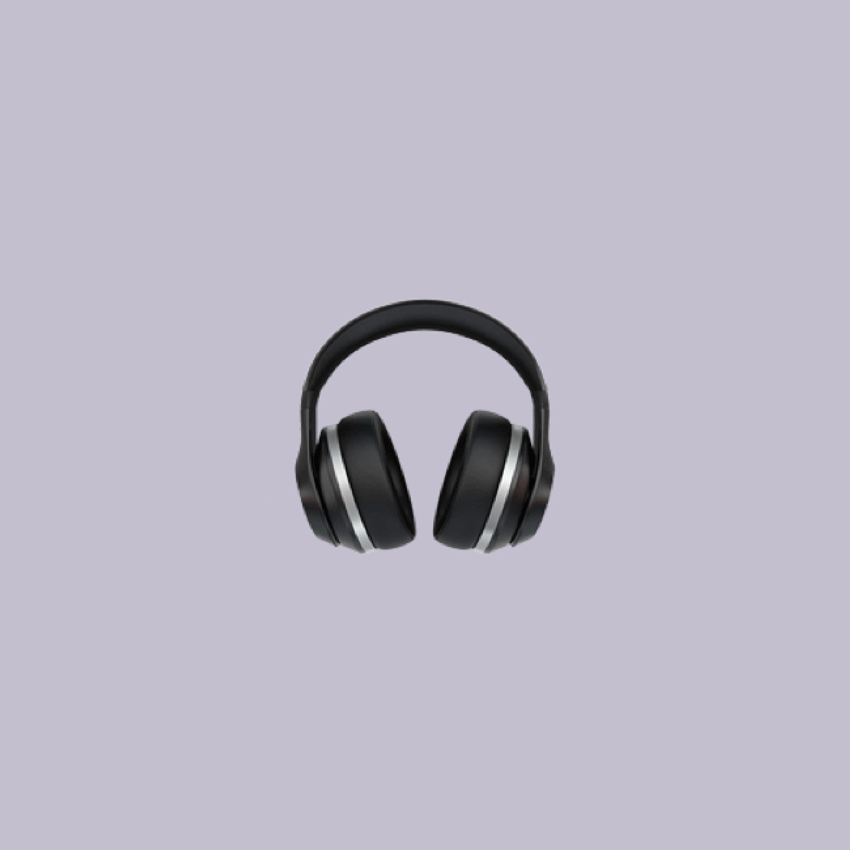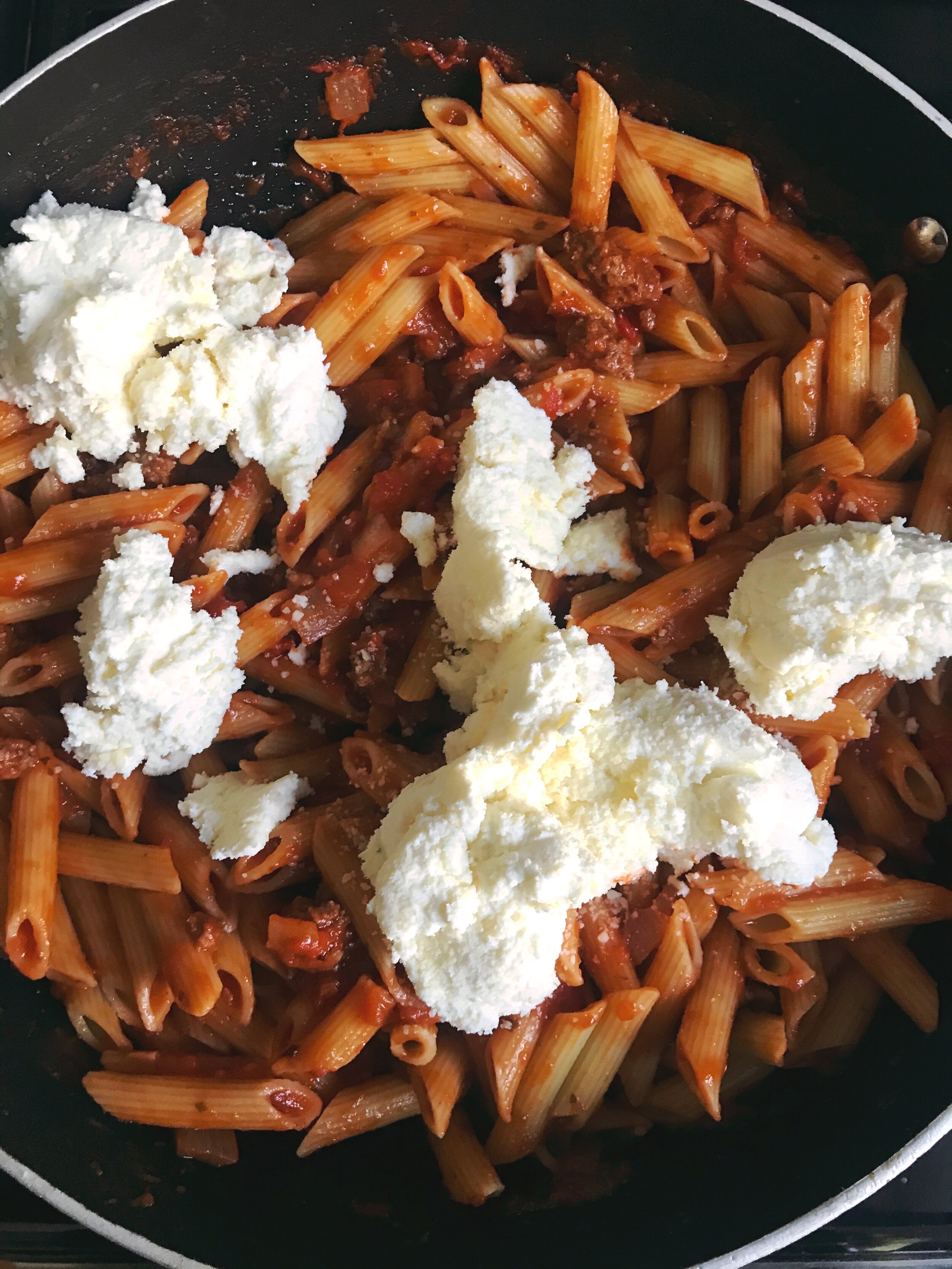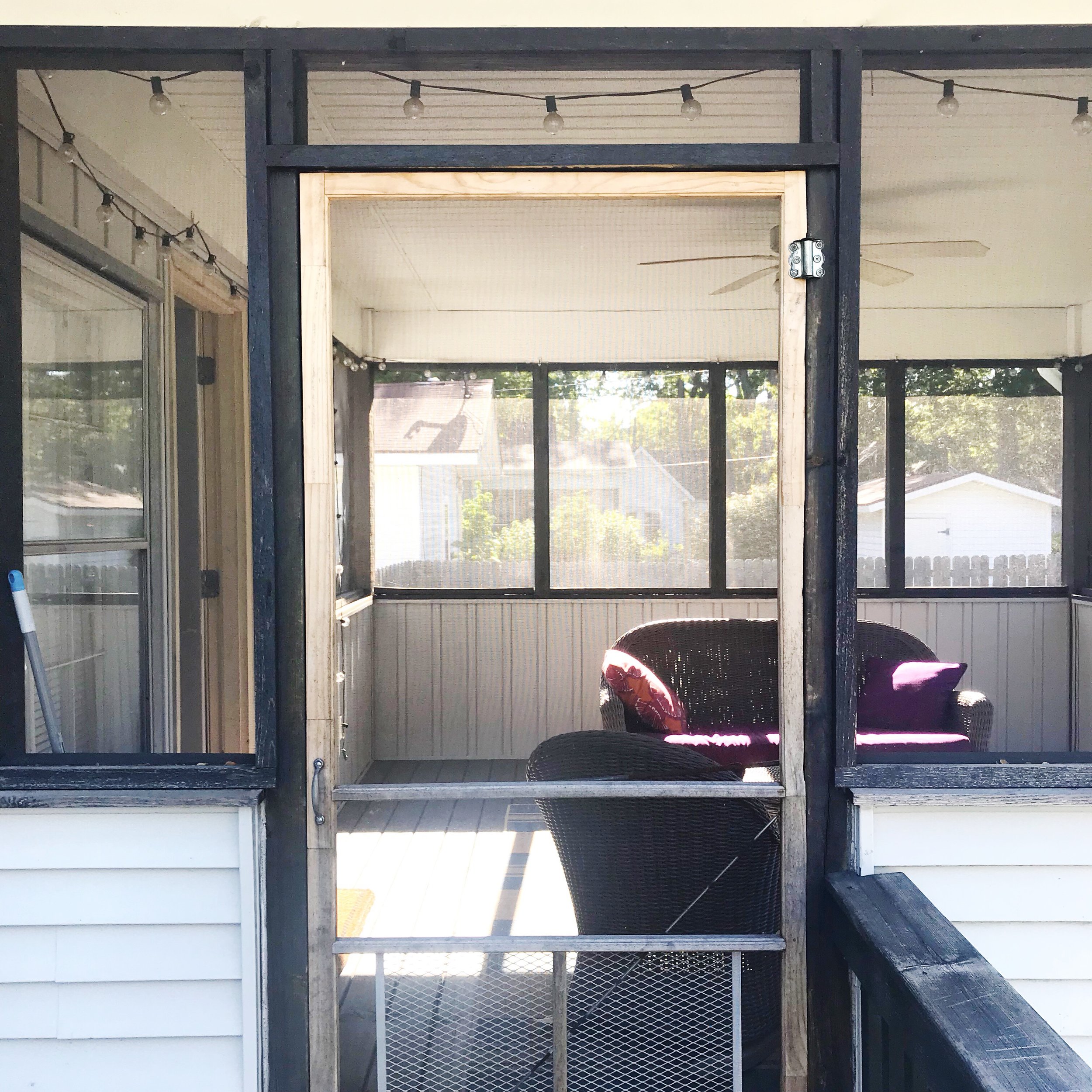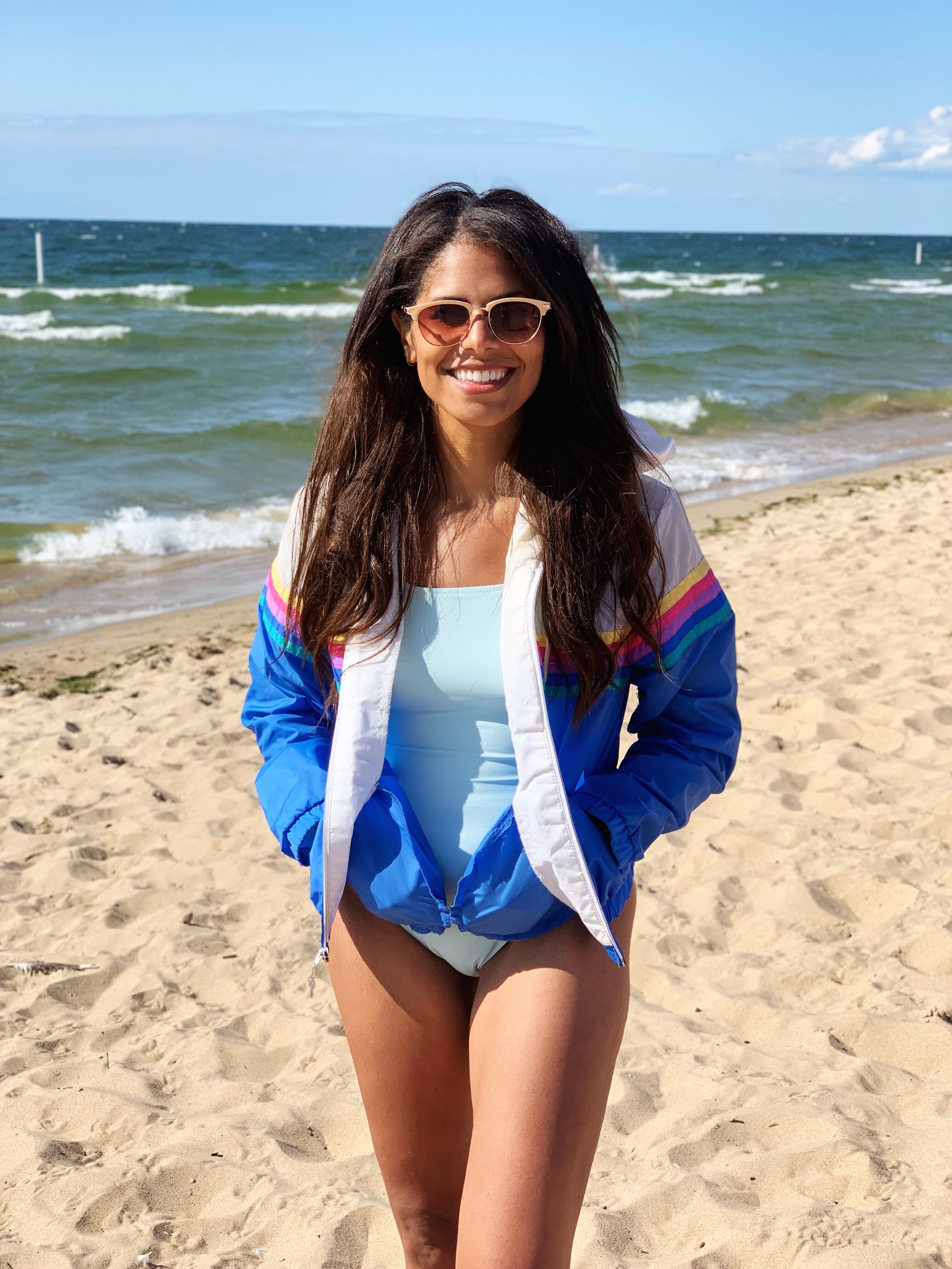How to wear white clothes year-round without completely ruining them
The question I get asked most often — just after “What race are you?” by total strangers in public!!! — is “How do you wear white clothes all the time without ruining them?” It’s true that I have a well-documented affinity for white and pastels; not only do I wear white jeans or pants year-round, I also have all white bedding and towels, and have owned an ivory couch for four years.
I’m actually not immune to spills and stains; I’ve had a few Huge Incidents over the past five years. But keeping my stuff relatively clean is important to me because I don’t want to waste money (or…waste clothing) so I put some effort into it. I think a smallish amount of practical planning and knowledge goes a long way, and that luck has done the rest.
Anyway, for those who have asked me what my “secret” is...here you go!
Maybe start by wearing inexpensive items you don’t care as much about.
I’m not a huge fan of buying things you view as disposable or plan to replace in short order, but I also think it makes sense to test things out a bit before committing to an expensive version of them. If you’re worried about ruining white jeans, for example, you could get a pair from a thrift store or clothing swap and see how you fare using some of the tips below. Over time, you might feel confident enough to start buying nicer/more expensive stuff.Wait to get dressed until right before you leave the house.
If you’re wearing white clothes around the house while you get ready in the morning, the likelihood that you’ll spill makeup, toothpaste, or coffee on them is high. I always take Chuck out before I get dressed for the day, and try to minimize my at-home exposure to food, dirt, coffee, etc. when I’m wearing white.Avoid wearing white on rainy days.
I actually don’t abide by this tip most the time, but if you’ve only got a few white items in rotation, save them for dry days! Mud/dirt/dirty water droplets are bar far the biggest offender I’ve come across — far bigger than blood or food or coffee.Be strategic with your outerwear/layers.
If you’re going to wear a coat, wear a coat that covers your ass vs. a jacket that does not! This will come in handy when you’re, say, sitting on a park bench.
I know that Jean Wang of the blog Extra Petite once suggested tying a lightweight jacket around your waist before sitting on a park bench or outdoor cafe, a tip that I’ve never personally used, but that seems like it would work. You could also set down an inexpensive blanket/scarf or something to that effect.Put napkins on your lap when you’re eating.
This one is so simple but really does make a difference. And don’t just put one tiny napkin on your lap; open a few and spread them out a bit.Actually look at your clothes after you take them off/before washing them.
I don’t bust out a magnifying glass to inspect every item I own after I wear it, but I do do a quick scan after I take something off, before I wash it, and/or before I wear it again without washing it first. In my experience, most stains or just general clothing grossness happens without my even realizing it, especially in spots that are hard to see when the clothes are on your body. (The waistband of jeans/pants and then the first few inches of the hem are the two prime spots, in my experience.)
If you don’t realize the stains are there, you’re likely to skip treating them before you do laundry, and then toss the item in the dryer, thus baking the stain in for good. So making a point to handle and look over your clothes for an extra 10 seconds goes a long way.Be aware of your body in space.
This one is harder to explain, or perhaps to train yourself to do, but I feel fairly aware of what I’m doing with my body when I’m wearing white. So that means I do things like…
- Sitting close enough to a table where I’m eating, so that less of my bottom half/lap is exposed
- Carrying my mug of coffee at a slightly larger distance from my body than I would otherwise, so that if it does slosh over the side, it’s less likely to land on me/my clothes
- Avoiding overfilling mugs of coffee/tea
- Slowing down when I’m turning a corner, to give other people time to see me
- Looking at seats/surfaces before I sit on them to make sure they are clean
- Paying attention to what I’m eating/drinking while I’m consuming it (i.e., I try not to consume while super distracted by a book or a coffee)
This stuff may seem overly fussy, but I think it’s pretty imperceptible to other people, and it probably makes the biggest difference. It’s also not like I’m constantly weighed down by thoughts about this stuff; a lot of it is just second-nature now, and even when it wasn’t, I didn’t find it stressful or tiring.Use a period tracker app.
Many a human who bleeds regularly (or irregularly) has asked me how I deal with my period and white clothes. The biggest thing I do is track my periods. Of course, it’s not a perfect science, but it does at least tell me generally when to expect it, which then means I can plan accordingly. In this case, plan accordingly might actually mean “wear a pad just in case” which is fine — I’d much rather do that than ruin my favorite white dress.
I also don’t mind using a pad as a backup when wearing a tampon on some days, and on more than one occasion, I’ve been glad that I did.Wear an apron.
I’ve preferred cooking in an apron for years; to me, it’s just more comfortable and practical than not. (And aprons typically have pockets!!) I will also put an apron on when doing dishes after a meal, or when mixing drinks — activities that have a fairly high potential for splashing/staining.Treat stains right away, and treat them often.
I’m pretty dogged when it comes to getting stains out. (Related: my two favorite stain removers.) One example: Last fall, I went to a work event where we were given red “admit one” drink tickets. I left one in the back pocket of my white Levi’s, and then later put the jeans through the wash. When I pulled the jeans out of the washing machine, it looked like a tube of lipstick had been smashed in the pocket. Levi’s had stopped selling the jeans (and they were fairly expensive to begin with) so I extra committed to getting the stain out. It took a couple weeks of a cycle of treating the spot, letting the treatment sit, and washing the jeans in cold water before the stain finally let up enough to be able to wear them again. (I actually gave up when it was about 90% there, and it surprised me by coming the final 10% of the way in the subsequent weeks.)
Getting a stain out of fabric is sort of a fun challenge to me at this point, but I actually don’t think you need to be that aggressive about stains (more on that in a second). That said, I think a lot of people don’t try very hard, or at all — they toss the item in the laundry and wash it with hot water without treating it first, or they give the stain a bunch of time to set before they bother treating it, and then feel like, Welp, I just suck at laundry and wearing white. So I think it’s important to know how to treat stains and to own the tools to do so. Treat them as well as you can, as soon as you can, and give it your best shot.
But also…make peace with stains!
I long ago just sort of accepted that spills and stains are a part of life, and that trying to prevent them or remove every trace of them is an exercise in futility. That’s why I eventually gave up when the Levi’s were most of the way there; the main reason I kept at it in that case was that the pants were pretty unwearable, and I want to avoid getting rid of/replacing stuff as much as possible.
That said, I don’t really take stains personally, and I think that’s important. Spilling something on yourself doesn’t make you clumsy or “not an adult,” and wearing something that has a spot on it isn’t that big of a deal. I know this because I continue to wear clothes that have tiny spots/stains that I am very aware of, and people still always ask me how I keep my white stuff so clean.
I’ll leave you with some advice from Cheryl Mendelson, who offered advice in Home Comforts that I’ve really taken to heart: “If a beautiful object has a tiny flaw, some people do not notice it and others notice nothing else. In dealing with stains, the most important skill you can acquire is the ability not to be bothered by small imperfections that you cannot fix. … Stains are not dirt; they are inadvertent dyeings. While dirt should continue to arouse your fighting spirit, it is perfectly all right to surrender to insignificant stains.” ✨

